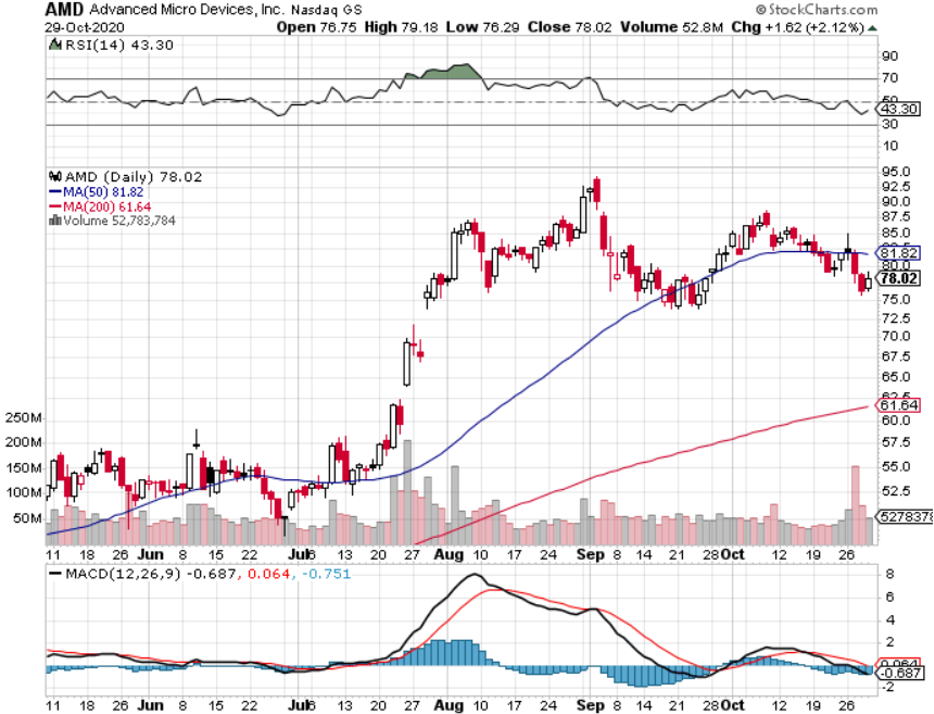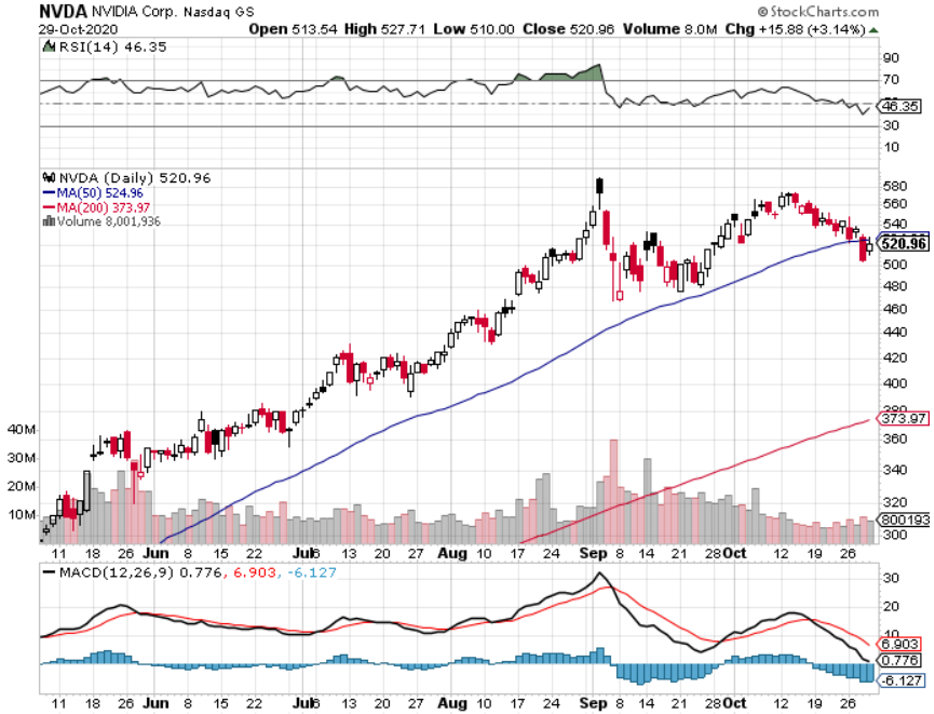I want to talk about two companies that are the “no-brainers” of the semiconductor space that would give you a call option on the data center space.
Let’s take a quick look back at some of their latest moves and what it would mean for your tech portfolio.
A few months ago, Nvidia said it would buy British chip company Arm from SoftBank for $40 billion in a stock and cash deal.
CEO Jensen Huang admitted that while the company's acquisition of the rival British chipmaker was a little on the expensive side, it would make sense in the long-term.
“I had to pay you an arm and a leg for it,” the Nvidia CEO said, and “I told you I was going to be the last and highest bidder.”
Overpaying for high quality companies is something that is only possible from a position of strength.
Huang justified Arm’s price tag saying that the chipmaker’s network of customers made it worthwhile and that he wants to expose those customers to Nvidia’s artificial intelligence technology.
Cross-selling the products and services is where the synergies between the companies can be exploited.
AMD is the other player that is really crushing it along with Nvidia and they recently made a deal to acquire Xilinx.
The deal is a direct response to Nvidia’s attempts to become the leader in high performance computing.
Obviously, the acquisitions are made possible because of years of refining their balance sheets and buying into more growth is a time-honored strategy that tech companies focus on.
AMD will give Nvidia a run for their company with a combined additional 13,000 talented engineers and over $2.7 billion in annual R&D investments.
This is very much a talent grab as well as a revenue grab.
Xilinx offers AMD access to adaptive platforms in critical areas such as 5G and automotive.
The tie-up is a transformational opportunity to tap into a total addressable market of $110 billion, up from previous AMD standalone estimates of $79 billion for 2022.
Xilinx adds about $31 billion to the total addressable market and on the operational side, AMD will see gross margins spike from 45% to 51%.
Even more impressive, operating income margins will surge to 21%, up from 16%.
It’s not like AMD needed much help, as they smashed expectations by growing 55.6% and beating estimates by $240 million in the latest earnings report.
EPS beat analyst estimates by $0.06 providing the highest level of earnings in years at $0.41 per share.
The Computing and Graphics division beats estimates with revenues of $1.67 billion.
The ramp-up of new consoles and data center sales led to a mindboggling 101% sequential revenue increase.
The company’s server processor revenue almost doubled compared with the year earlier, and AMD is on track to begin shipping its next-generation server processors later this year.
The current and future status of gaming is very much tied to the fortunes of Nvidia and AMD and the pandemic has fueled massive migration to time spent playing video games.
Who would have thought if people can’t go outside, more video games would be played?
The new generation of consoles is set to launch in November from Microsoft (MSFT) and Sony (SNE) which has helped boost AMD’s gaming chip business.
Typically, this gaming chip segment drops in the fourth quarter, but this year it will mushroom because of the new console launches and ramp-up in production and sales.
Ultimately, in terms of the Xilinx (XNLX) deal, it is complimentary to AMD’s business – an appetizer to the main dish.
It will help improve the company’s ability to support data center customers and adds exposure to sectors such as automotive, aerospace, defense, and industrials.
Through Xilinx’s field-programmable gate array (FPGA) chips—or semiconductors that can be reprogrammed after production, unlike most semiconductors—AMD could benefit from the tail end of the 5G upgrade cycle, too.
That’s because with many emerging technologies, it’s too expensive to experiment with chips with instructions that are set in stone, and build emerging infrastructure such as 5G.
Xilinx’s businesses also tend to retain customers for longer because its strong designs can lead to longer product cycles.
Together, Xilinx and AMD will also operate at a significantly larger scale, which should improve margins and cash flow.
These deals will create a leading supplier of chips for edge-network base stations.
Unlike in the data center market where general-purpose chips win, edge networks require chips that are good at specific things: low-latency, custom-built, specific units.
Those are all things AMD and Xilinx are good at making. Edge computing is a concept that refers to moving processing power and data storage closer to where it’s needed, thus improving performance on local machines.
In short, Nvidia and AMD are the leading lights of the semi-chip industry involved in all the growth industries from artificial intelligence, data centers, video gaming, and self-driving technologies.
I am highly bullish both.





